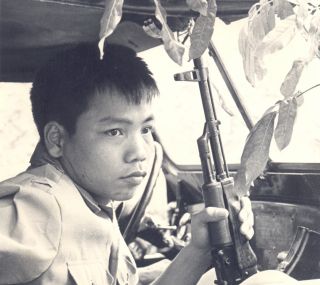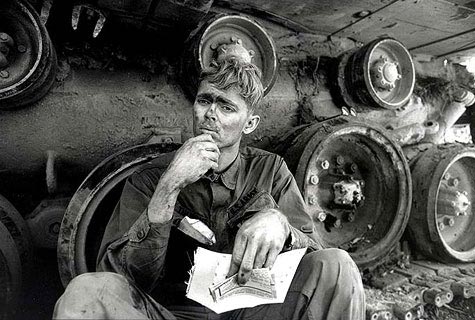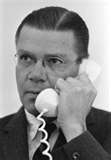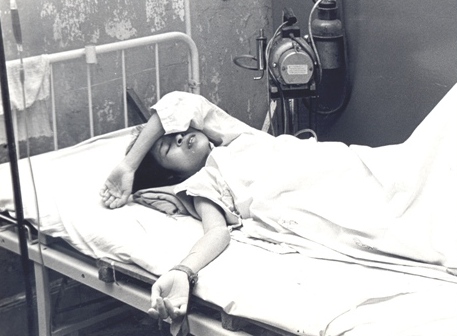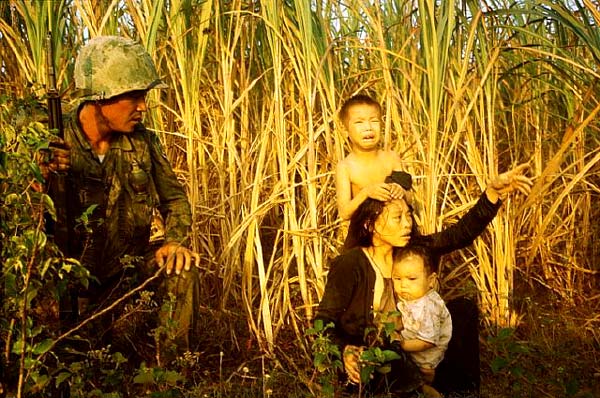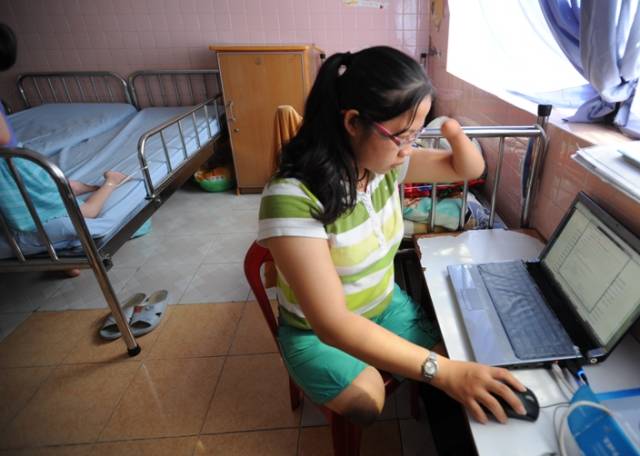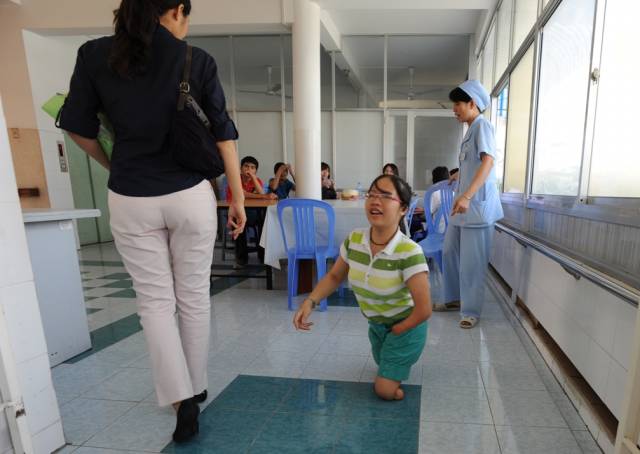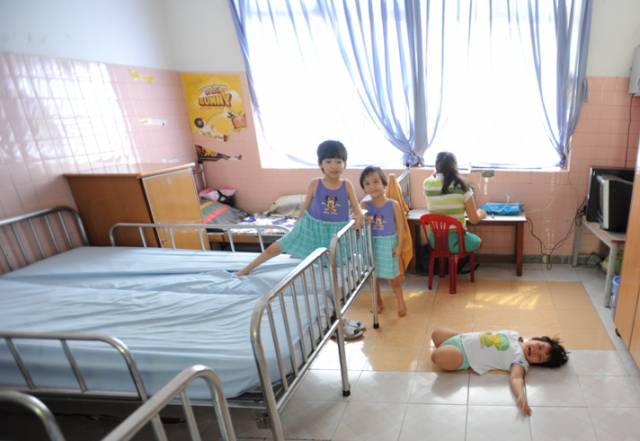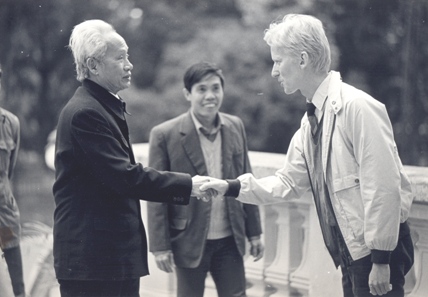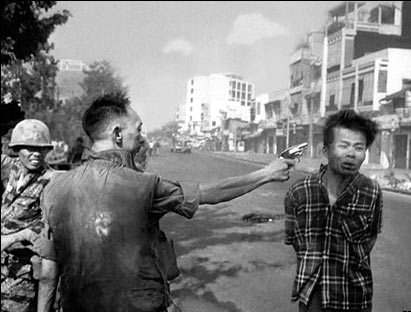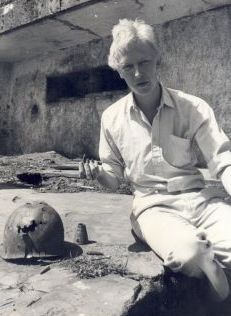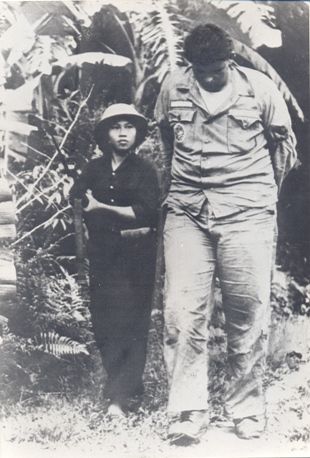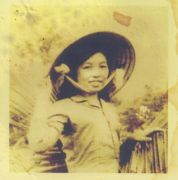THE DEADLY LEGACY OF AGENT ORANGE Viet Nam and I go back quite some time. I have come to know and admire this country after dealing with Viet Nam and its people for almost 30 years. The story about one small Dane in this great place takes off in the early 1980'ies, when I was working as 'Nha Bao', as they call journalists here. As for many others in my generation, it was the prolonged tragedy of the Vietnam War that caught my attention on a country so far away from my own. More specifically it was a legacy of war - so unimaginable in its sheer horror - that brought me to Viet Nam for the first time in 1984. The legacy of 'Agent Orange'.
Thousands of hectares of forest and fields vanished, but the military objectives were never achieved. Operation Ranchhand may have been long forgotten as a waste of effort and funds, if it were not for the harm it did for generations to come.
Walking the rounds with dr. Phuong I first heard about the Agent Orange issue from a Danish trade union official - who had visited the Tu Du hospital in Ho Chi Minh City in 1982. He had brought back with him a few amateur photos of poor quality from the hospital ward and the basement collection of abnormal foetus that had been removed from young Vietnamese women that had grown up in the heavily sprayed areas in Southern and Central Viet Nam. He had a very hard time to control his emotions, when he told me about what he had encountered among the patients of dr. Nguyen Thi Ngoc Phuong.
A few girls had a bed of their own - those that were expected to die within hours. Many other heart breaking scenes followed in hospitals, orphanages and in utterly poor villages, where I collected the facts and figures of a disaster of unbelievable proportions. My companion, press photographer Ole Johnny Sørensen recorded everything in photos so horrifying, that most of them were considered unfit for publication by our editors. Among them were the pictures of 4 year old Kim - a little girl in Tay Ninh, who had been born without eyes. Tears were constantly streaming out of her empty eye sockets - due to the agony of a rare liver cancer that was to kill her a few months later.
Thousands still suffer on three continents Most of the victims are Vietnamese, but not all. Large numbers of American soldiers and allied troops from Australia and Korea were also exposed to the deadly herbicides. To this day the price is still being paid by victims across three continents - as vividly described in "Waiting for an army to die" and "Gi Guinea Pigs" - possibly the saddest and angriest books you could read about Agent Orange.
No compensation has ever been paid to the poor Vietnamese farmers by corporations like DOW Chemicals and Monsanto that made huge profits on wartime deliveries or by the US government, who ordered the deadly chemicals. For years it was left to the Vietnamese themselves and a handful of NGO's to clean up this mess. Only recently, the US Embassy in Hanoi has approved funding (USD 3 mio) in order to clean up one of the worst 'dioxin hot spots' in Da Nang, where the dioxin levels are still a 100 times higher than the legal limit in the US. The US Department of Defence has also - belatedly - recognized that there is a direct link between dioxin exposure and a number of serious diseases, found among US veterans, who are now eligible for financial support. No such scheme is available for the thousands of victims in Vietnam. In December 2009 I visited one of them - 23 year old Tran Thi Hoang - who sent a letter a year ago directly to president Obama to appeal for assistance to the Agent Orange victims. The US government has yet to reply.
Hoang wrote to Obama from her ward in Thu Do hospital.
Hoang shares her room at the hospital with 12 other victims.
|
